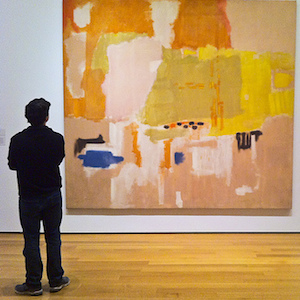The Story Behind “Small Lives” by Aileen Hunt
Today’s post is written by Aileen Hunt; her piece “Small Lives” appears in our Spring 2014 issue.
Why do some scenes burn their way into our consciousness while others barely register?
When a fox walked down my street one snowy December morning, I did what most writers do: stood still and paid attention.
Later, I sat down to write, but even as I was describing the scene, I sensed it held a deeper significance for me than its beauty. But what?
I started to make a list of other animal memories. They arrived piecemeal, in no particular order; and the more I recorded, the more I seemed to invite. For a long time, I jotted them down in notebooks and journals, snippets of descriptions, snapshots of the past. I wasn’t sure what to do with them.
It was only when I spread the pages in front of me and looked at them together that I began to see a pattern. Many of the animal memories related to key moments in my life. I wondered if I could use them to craft a short autobiography.
The structure of “Small Lives” was easy: white space, discrete scenes. I wanted the experience of reading it to be similar to the experience of looking at a stranger’s photo album. Not everything is recorded, but in the end (I hoped) the accretion of detail would build a complete picture.
And the significance of the fox? Once I started putting the essay together, I realised I was attempting to do what all writers attempt to do: hold on to the past.
But memory dissipates and time is fleeting. The snowflakes dappling the fox’s tail can never last.
About the Author
Aileen Hunt is an Irish writer and editor, and lives in Dublin. She is working on her first book, a collection of short essays based on the lives of pioneering women. One of her essays will be published shortly in the Lindenwood Review. She has many great memories of the years she spent living in Ohio and California and has promised herself she’ll return to visit soon.







